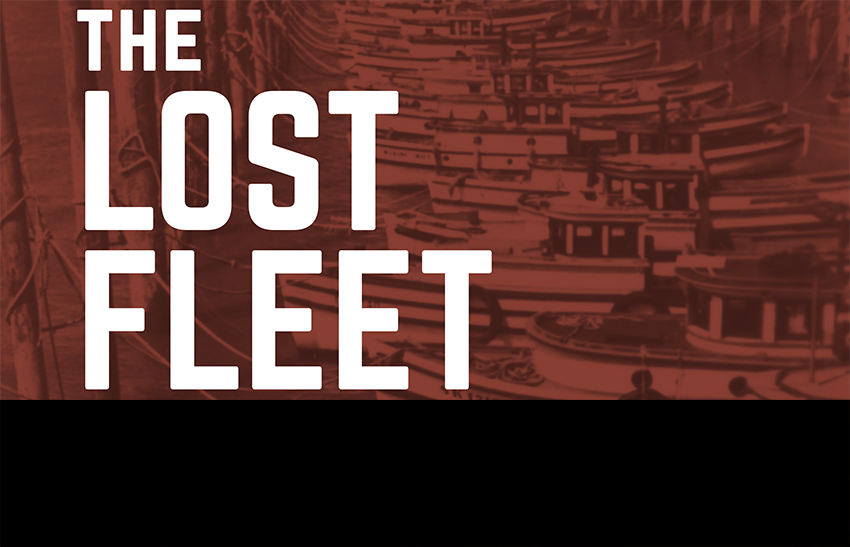Landscapes of Injustice Public Lecture and Presentation
Vancouver Maritime Museum in association with the Lost Fleet Exhibition
1-3 pm Sunday, January 14, 2018
Landscapes of Injustice researchers will present a lecture and other research findings related to the forced sale and dispossession of the fishing boats. A focus on the talk will be on Kishizo Kimura and his memoirs in the book, Witness to Loss. When the federal government uprooted and interned Japanese Canadians en masse in 1942, Kishizo Kimura saw his life upended along with tens of thousands of others. But his story is also unique: as a member of two controversial committees that oversaw the forced sale of the fishing vessels and of the property of Japanese Canadians in Vancouver during the Second World War, Kimura participated in the dispossession of his own community.
The Lost Fleet Exhibition
Vancouver Maritime Museum
1905 Ogden Avenue in Vanier Park
Vancouver BC V6J 1A3
RUNS UNTIL MAY 27, 2018
On December 7, 1941 the world was shocked when Japan bombed Pearl Harbour, launching the United States into the war. This action also resulted in the confiscation of nearly 1,200 Japanese-Canadian owned fishing boats by Canadian officials on the British Columbia coast, which were eventually sold off to canneries and other non-Japanese fishermen. The Lost Fleet looks at the world of the Japanese-Canadian fishermen in BC and how deep-seated racism played a major role in the seizure, and sale, of Japanese-Canadian property and the internment of an entire people.
“The history of Japanese-Canadian fishermen is inextricably linked to the history of Vancouver. The city was a gateway in the Pacific for all immigrants looking to forge a brighter future for themselves,” says Duncan MacLeod, Maritime Museum Curator. “The seizure of Japanese-Canadian fishing boats in BC had been on a list of important topics we were considering for an exhibition. The process of deciding on an exhibition took place during the rising crisis in Syria, and the contemporary discussions of an influx of non-white immigrants bore a strong resemblance to the rhetoric used when speaking about the Japanese and other Asian immigrants in the 20th century prior to WWII.”
This unique exhibition will showcase a series of photographs as well as several models of Japanese-Canadian-built fishing vessels in its collection, made by the late model shipbuilder, Doug Allen. The beautifully crafted models replicate some of the fishing boats seized during the war that have since been lost to history. Visitors will see replicas of the registry created in order to redistribute the seized boats. The display will also include shell fragment from Estevan Point lighthouse. In June 1942, a Japanese Imperial submarine fired shells at the lighthouse, just shortly after it had attacked a US merchant vessel in the Strait of Juan de Fuca. This artifact highlights the little known fact that enemy fire did land on Canadian soil during WWII, and adds a level of reality to the threat that was feared by many in BC.
The legacy of this tragic event will also be explored: what lessons have been learned and how Canadian society has changed because of this experience? Visitors will be encouraged to consider whether the present political and economic climate is very different today; current legislation, policies and public sentiment about immigration invites the question of whether this type of injustice could be carried out against other groups.

